Presentation
The University of Caen Normandie has emerged as a national leader in interdisciplinary innovation, particularly at the crossroads of the humanities, digital technology, and engineering. This reputation is built upon two major research platforms that exemplify the university’s commitment to cutting-edge digital research in the human and social sciences: the Digital Documents and Publishing Platform, and the Virtual Reality Platform known as CIREVE.
At the heart of the university’s digital humanities ecosystem is the Digital Documents and Publishing Platform, which includes the Pôle Document Numérique and the national infrastructure METOPES. Together, they form France’s largest interdisciplinary cluster dedicated to digital publishing and document studies. This platform brings together 80 full-time faculty researchers and 15 permanent engineers, working in close collaboration with the university’s IT research unit, CERTIC DSI. It supports ambitious national programs such as EQUIPEX+ Biblissima (2021–2027) and focuses on a wide range of areas including epistemological and methodological innovation, digital content production in heritage, culture, and spatial studies, as well as software engineering and intelligent digitization. The platform has received repeated A+ ratings from the CNRS and the Ministry of Research, a testament to its scientific excellence. It also serves as the foundation for the CAESAR Center of Excellence for digital publishing.
The second pillar of the university’s innovation strategy is CIREVE, the Interdisciplinary Center for Virtual Reality, which stands as one of the largest VR platform in France dedicated to the humanities and social sciences. CIREVE provides access to advanced VR technologies, including immersive rooms and specialized interfaces, to support innovative academic and societal research. The center is also dedicated to training and skill development in VR methodologies, while promoting the integration of virtual reality into both the human sciences and experimental disciplines. CIREVE has received national recognition as a member of the CNRS Huma-Num’s 3DHN Consortium. Key projects supported by the platform include the Plan de Rome project, which offers a 3D reconstruction of Ancient Rome), REVECOT, which models coastal risks in Normandy in the context of climate change and PRESAGE for early diagnosis of neurodegenerative diseases.
Together, these two platforms form a powerful and unique ecosystem for interdisciplinary digital research. They reflect the University of Caen Normandie’s ability to combine academic excellence with technological innovation, reinforcing its influence on both national and international stages.
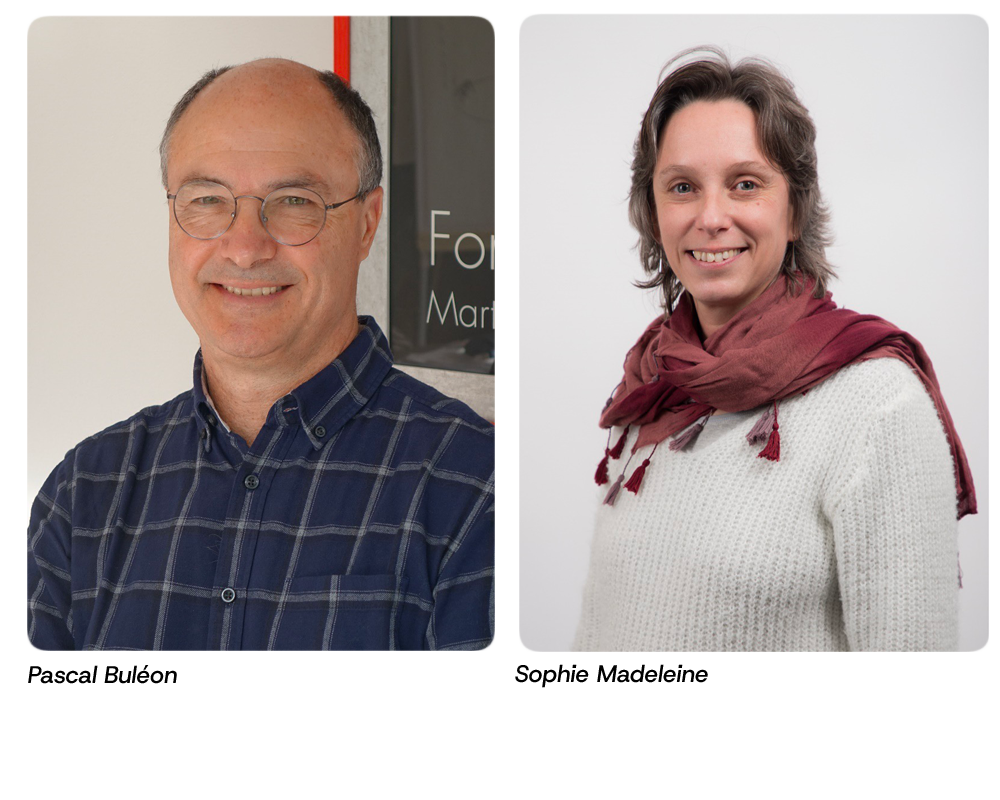
Metopes
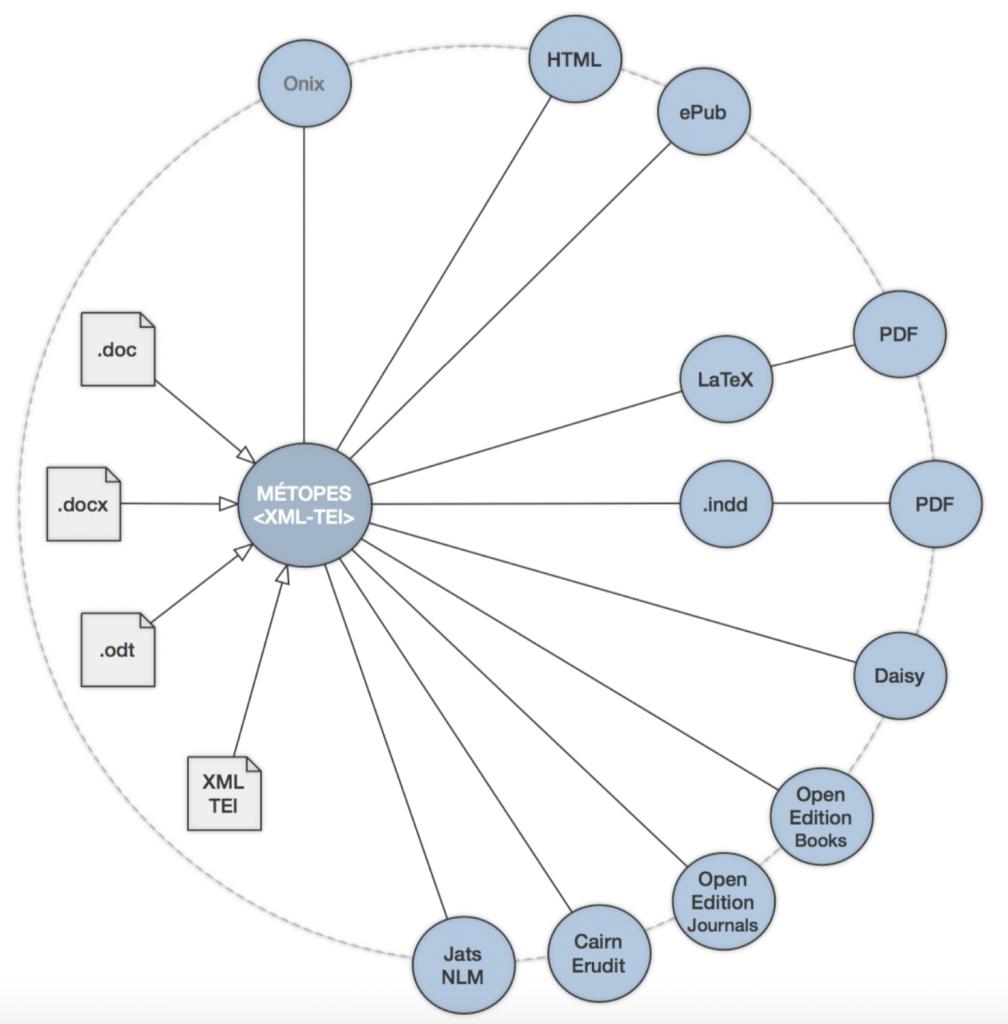
Le projet MÉTOPES « Méthodes et outils pour l’édition structurée »[1] vise à mettre au point, à développer et diffuser, librement dans la sphère publique, par des actions de formation auprès des éditeurs publics et des revues labellisées CNRS un ensemble d’outils et de méthodes leur permettant d’organiser leur production et leur diffusion papier et numérique dans un environnement normé à fort potentiel d’interopérabilité sur le modèle du Single Source Publishing
The Chair of Excellence “Holocaust and Genocide Studies”
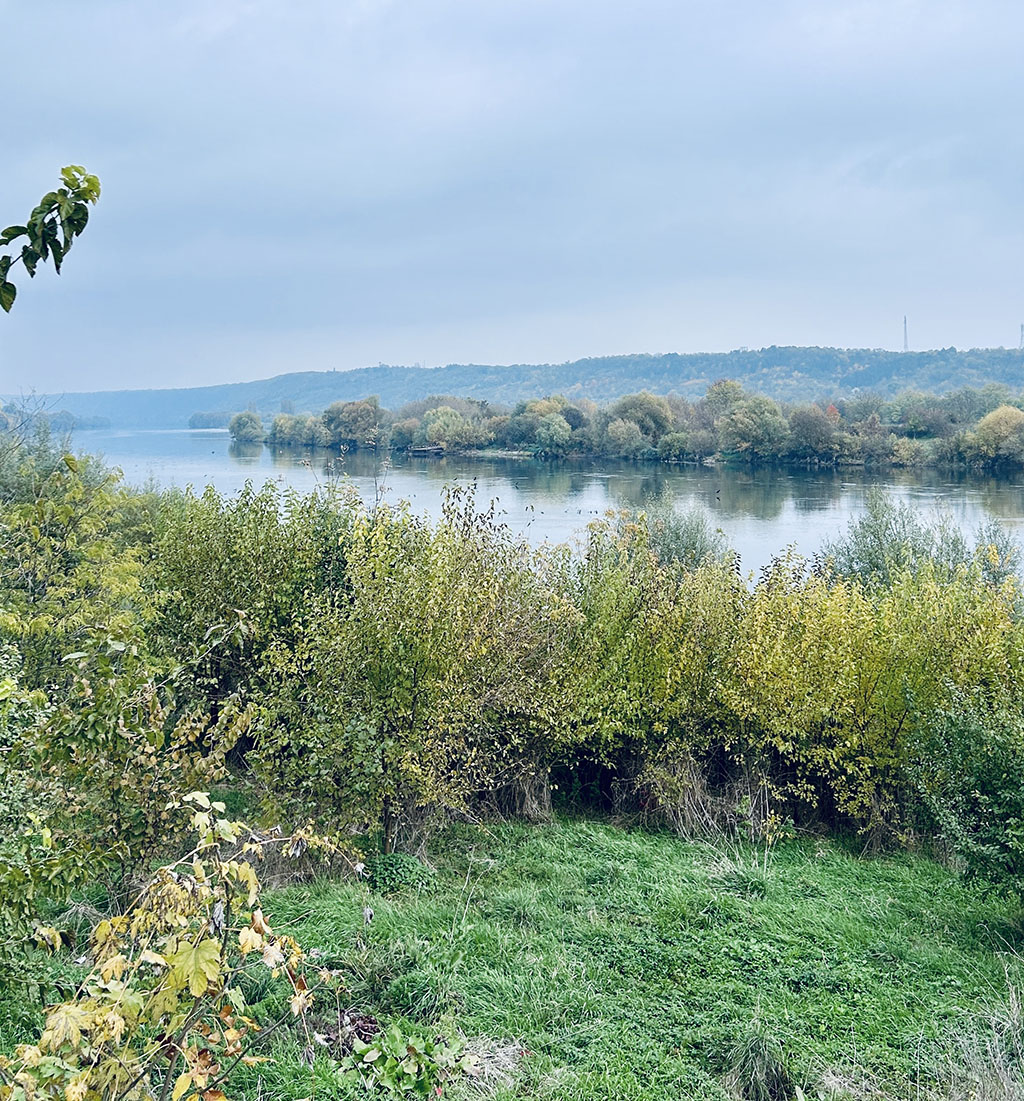
The Chair of Excellence “Holocaust and Genocide Studies” was created in September 2024 at the University of Caen. It is the first Chair of Excellence in France devoted to the Holocaust and Genocide Studies. Its three-year mission is to develop research of excellence and to promote this research on a national and international scale.
The Brest-Litovsk ghetto
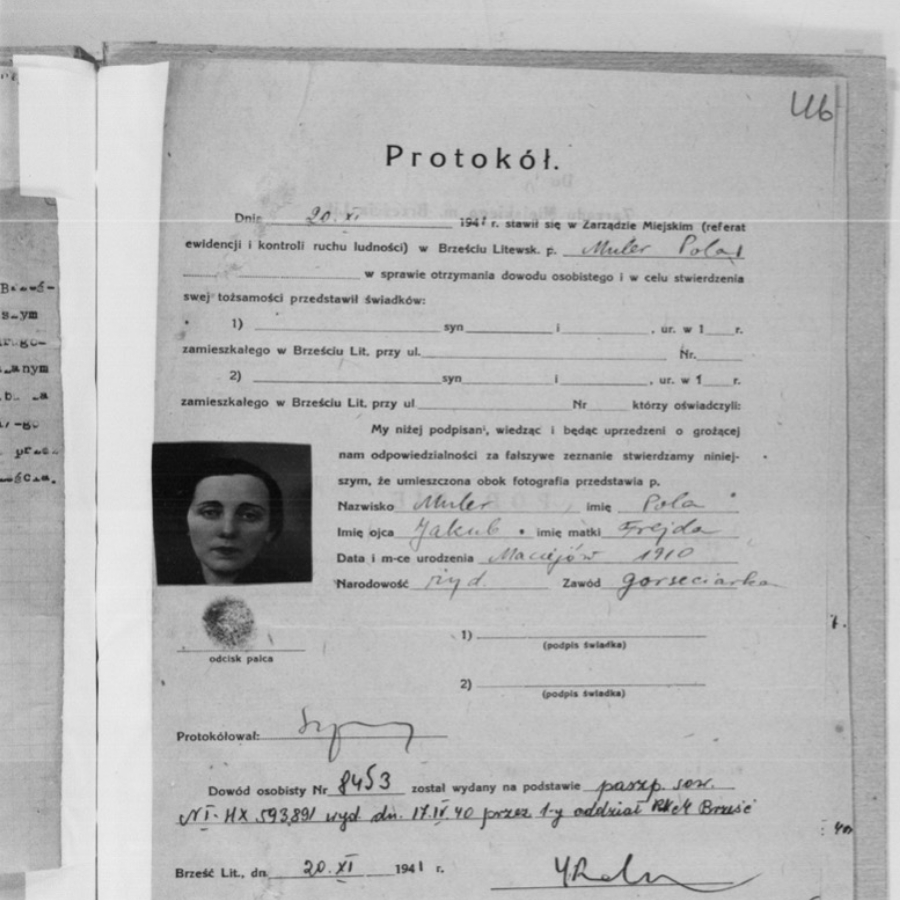
This multidisciplinary and interdisciplinary project aims to reconstruct the Brest-Litovsk ghetto until the extermination of its Jewish population in 1942. At the frontier of several fields and research methods: studies of civilizations, history and micro-history, geography, sociology and digital humanities. It is about going beyond a globalizing approach focused on numbers, so that each victim is given their civil status, their itinerary and their dignity. This micro-historical approach is associated with a geographical approach to the ghetto as a physical space.
The ghetto is considered both as an autonomous place with its own operating laws and as a heteronomous space in relation to the outside world and governed in part by it: the city, the workshops and forced labor sites, the surrounding areas, farms, nearby villages, towns and other ghettos and, possibly, more distant places. The project also has a memorial and educational dimension. It intends to make available to the general public a database allowing them to visualize a ghetto and the members of its population in order to preserve over time the individual character of each of the victims of the Shoah in Brest-Litovsk.
La Bibliothèque Mondiale du Cheval (The World Horse Library)
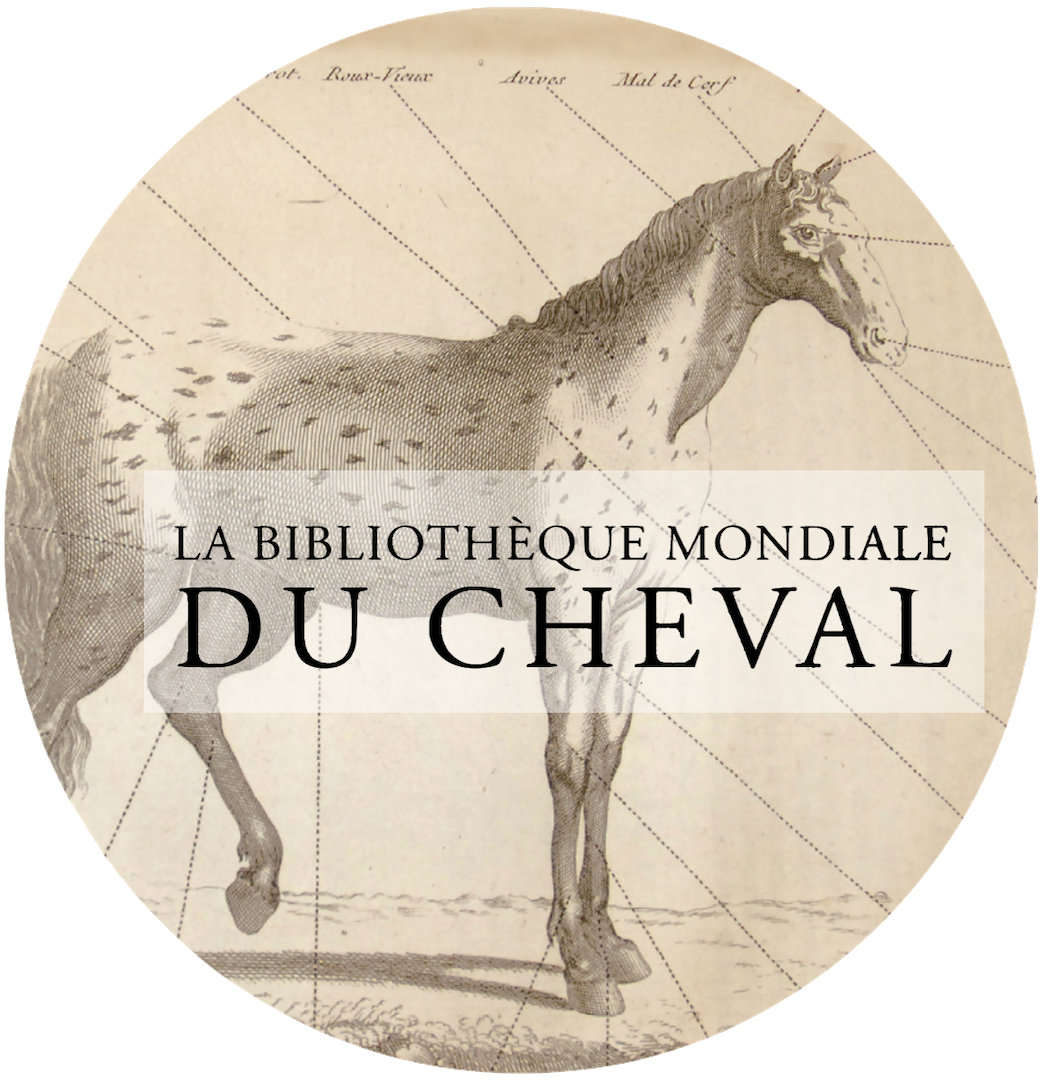
La Bibliothèque Mondiale du Cheval (The World Horse Library), launched by the MRSH CNRS University of Caen Normandy, with the strong support of the Normandy region, the support of the Ministry of Culture and in partnership with the IFCE, is a project which combines the most advanced developments in digital technology, the skills of numerous partners from public and private libraries, academic specialists or experts to open this heritage in a new way to a wide audience.
Punch’s Pocket Book Archive
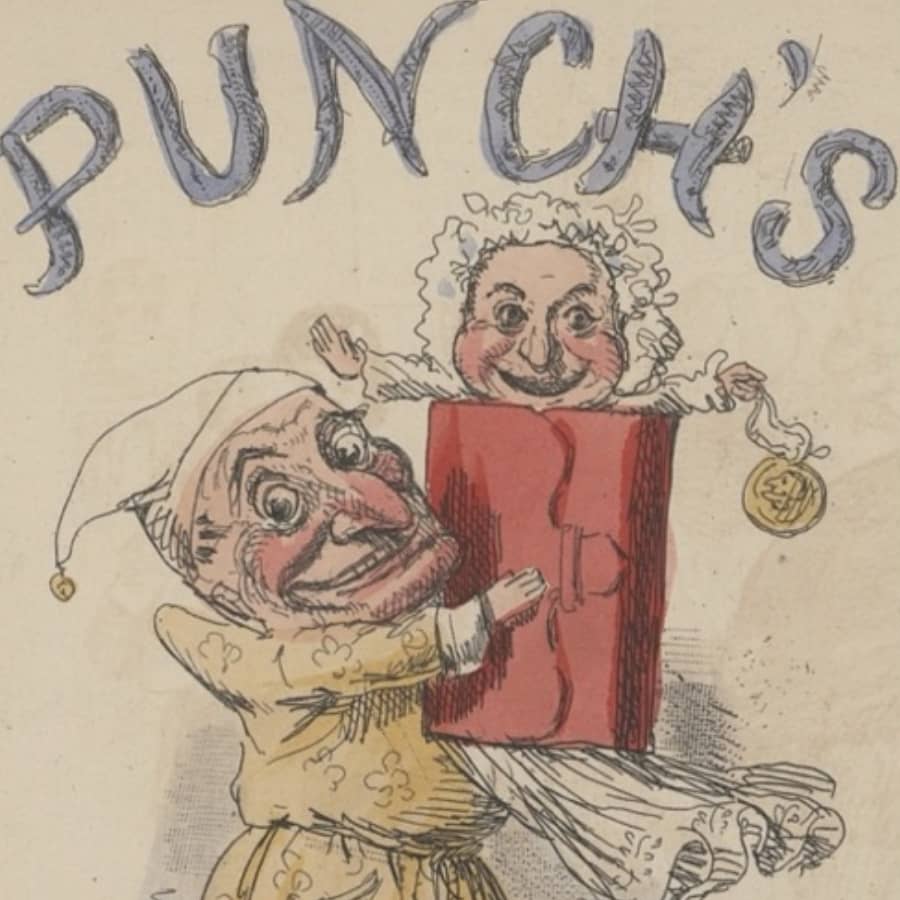
Punch’s Pocket Book Archive is a digital edition project of the complete collection of Punch magazine almanacs published between 1843 and 1881.
It provides for online transcriptions of the 30 volumes of the collection along with access to their digitized images. A system of scientific comments and key words produced by the team specializing in these sources will document the reading of this unpublished collection.
Archaeological map of Gaul
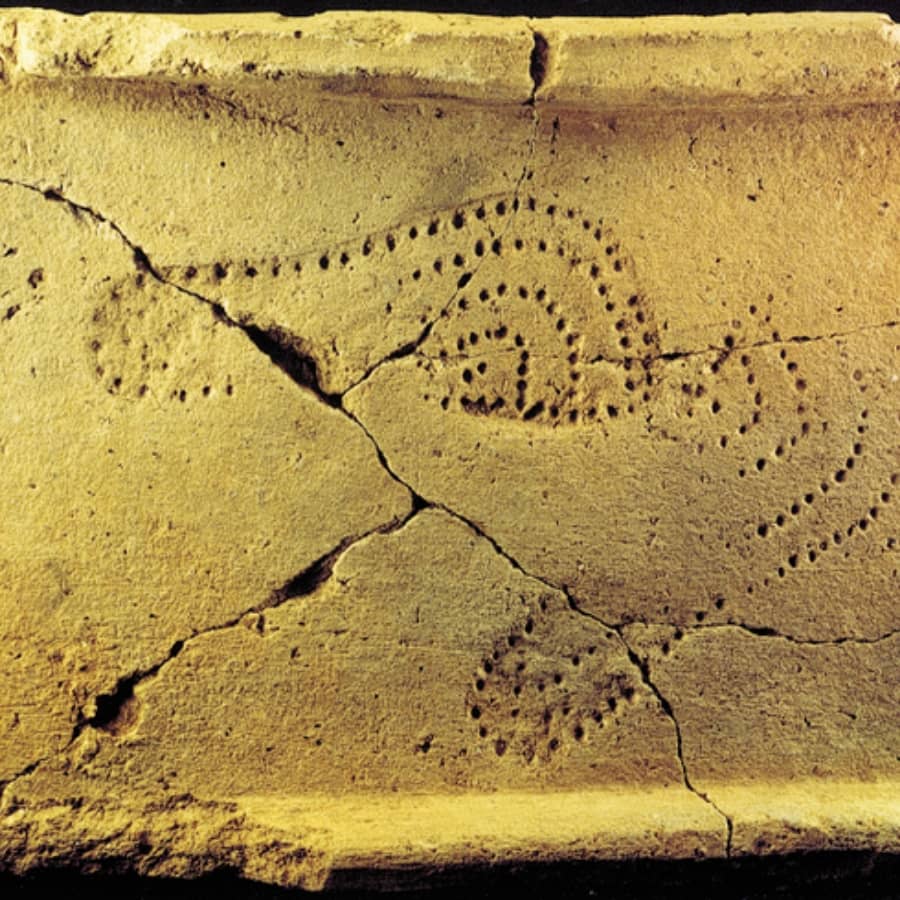
The Archaeological Map of Gaul is a bibliographic pre-inventory supplemented by data from reports or notices kept by the Regional Archeology Services
The information thus grouped was subject to verification (including in the field) and critical cross-checking to avoid duplication.
The collection also uses regional specialists who have the advantage of knowing their research territory well.
Digital inventories of Parks and Gardens
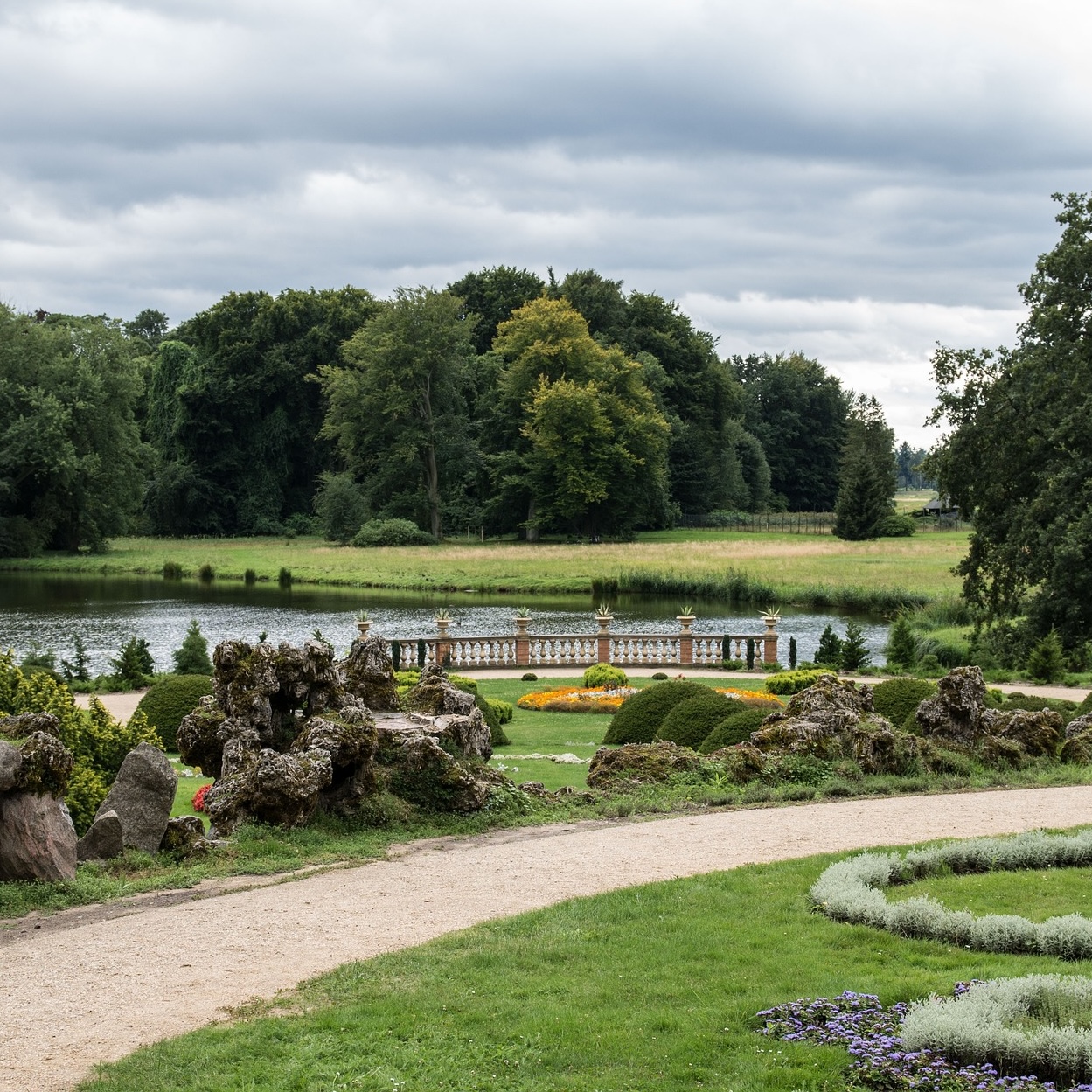
In collaboration with the European Institute of Gardens & Landscapes, the Digital Document division of the MRSH designs and develops digital inventories relating to the art of gardens in Europe.
Thanks to a dynamic consultation interface and cartographic tools, the inventories are aimed at professionals, enlightened amateurs or simple enthusiasts.
Virtual Reconstruction of Ancient Rome
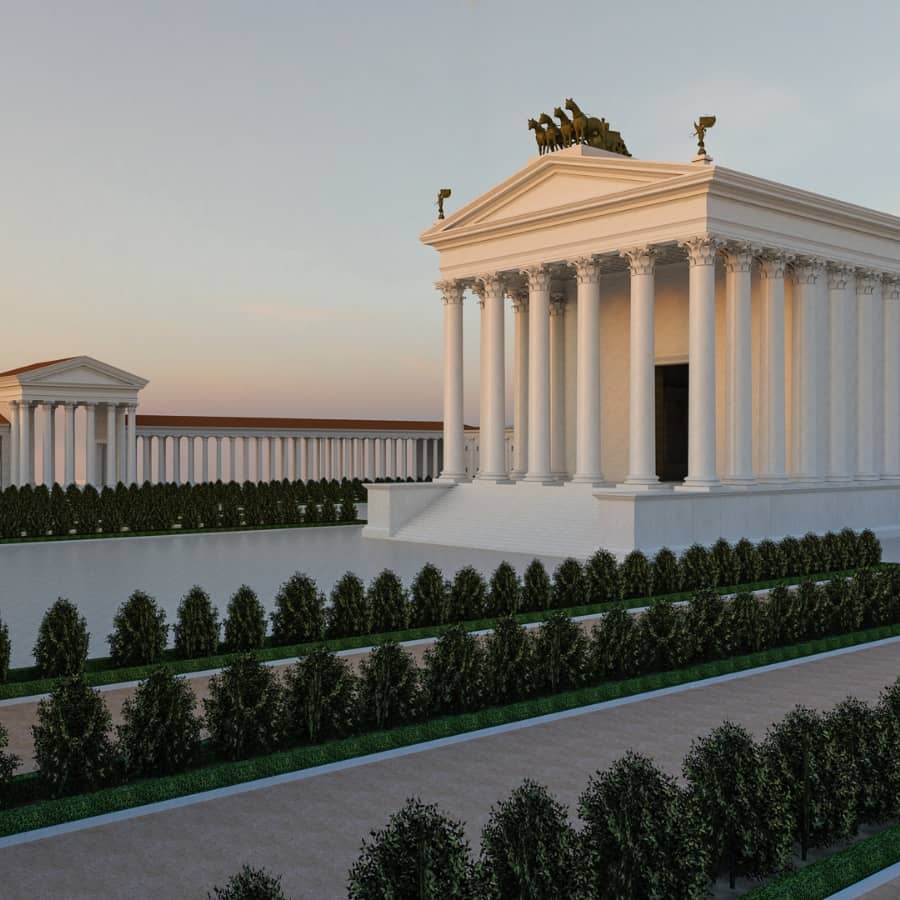
Since 1994, a team of the University of Caen has been developing a virtual model of the city of Rome in the fourth century A.D.
The point of departure of the work is the seventy square meter model of ancient Rome made by the architect P. Bigot at the beginning of the twentieth century, and known as the “Plan de Rome”. The new, fully interactive model of ancient Rome allows a visitor to move freely in a full-scale city and enter the main public buildings as well as some private apartments. The aim is both scientific and didactic. Scholars can use the model as a regularly updated database for reference and possible experiments. The educational objective is to provide university and secondary school students, and also the public at large, with a vivid illustration of Ancient Rome and an example of the ancient urban reality that is not available through traditional archaeological means.
Health and Virtual Reality
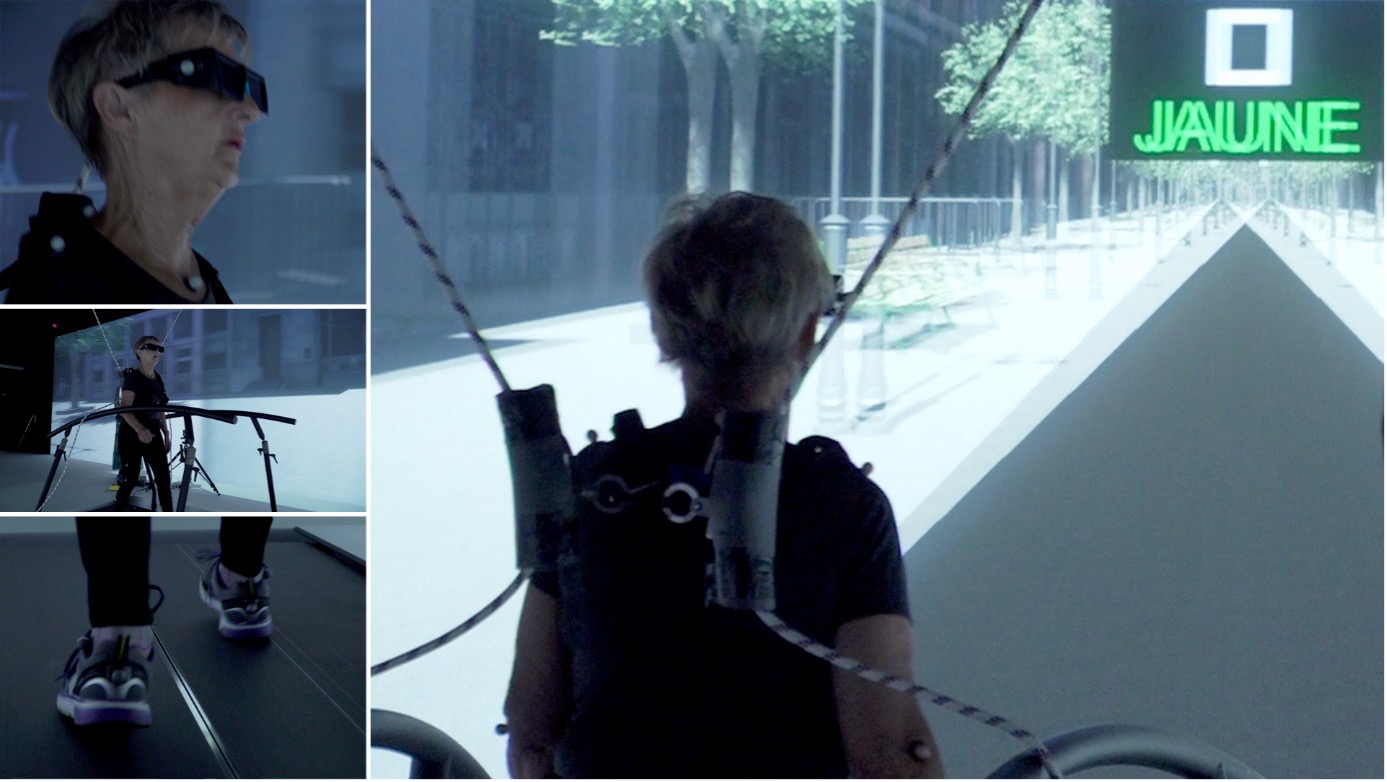
Using immersive virtual reality and nonlinear dynamics to reveal motor signatures and adaptive strategies from successful aging to early neurocognitive vulnerability
The ProfilAGE project (Identifying new cognitive-locomotor PROFILes of AGEing using a data-driven approach) builds on the rich multimodal dataset collected during the PRESAGE study (Multimodal PREdictive study of motoric cognitive risk Syndrome and underlying executive mechanisms in AGEing), which involved 100 participants aged 55 and over. These participants spanned a continuum from successful aging to motoric cognitive risk (MCR) syndrome.
